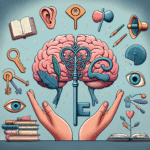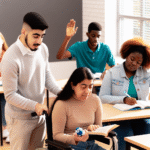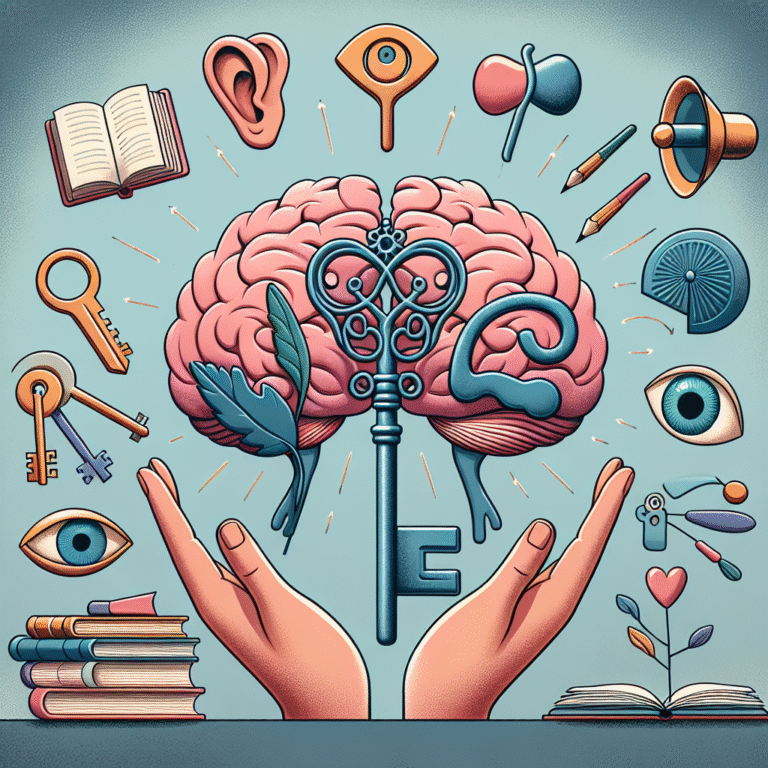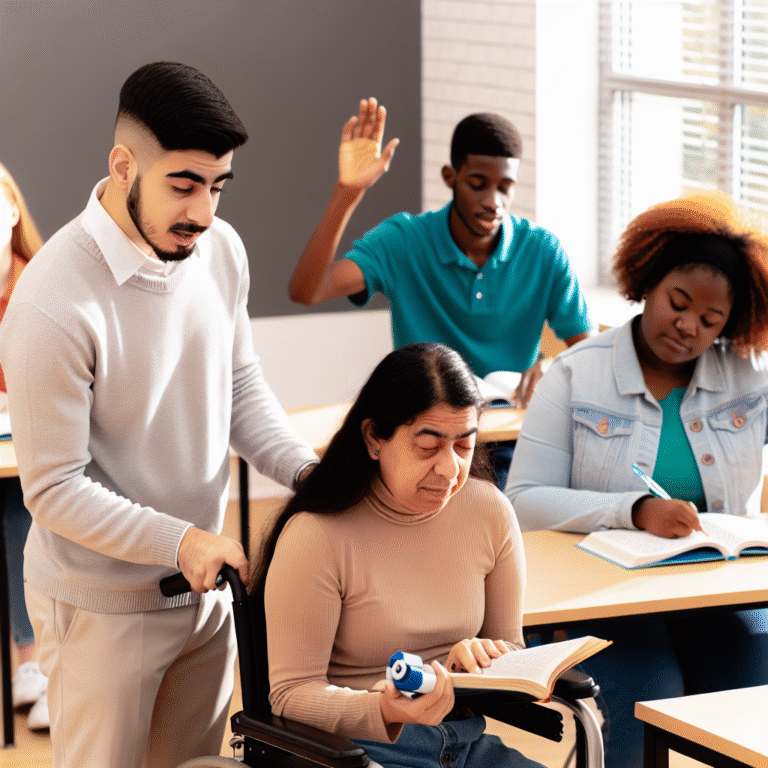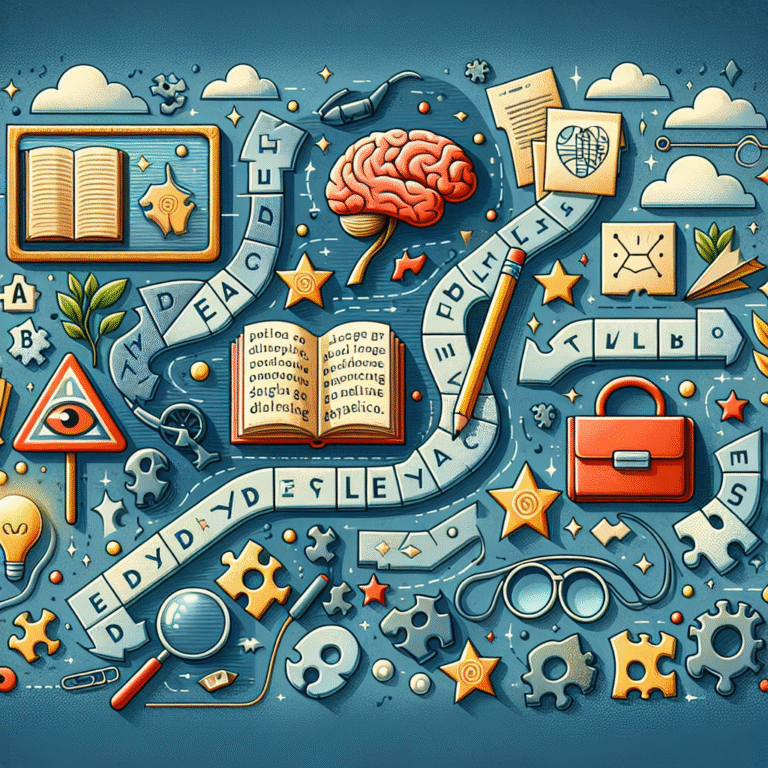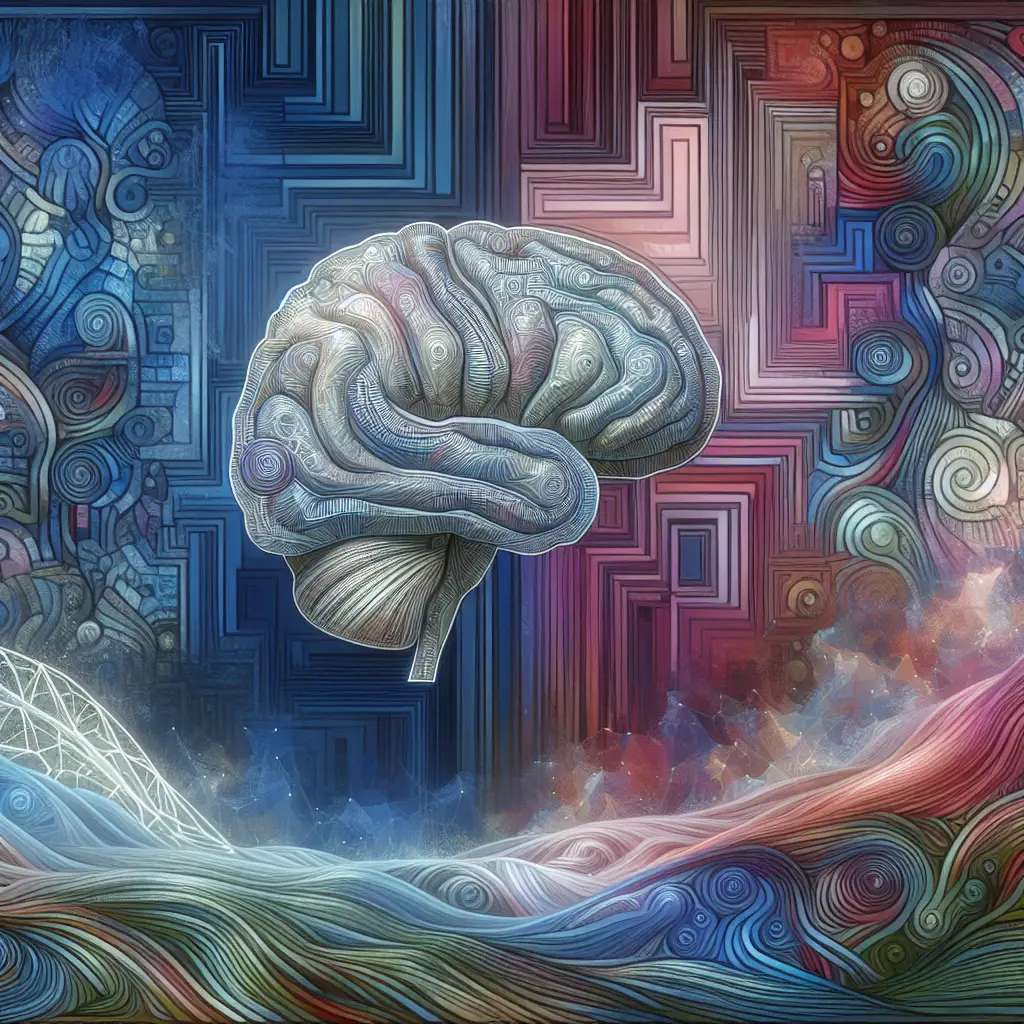
Dyslexia and Learning Disabilities: Exploring the Complex Relationship – The Ultimate Guide to Understanding and Overcoming Challenges
Introduction
In the ever-evolving field of education, one area that has garnered significant attention is learning disabilities, particularly dyslexia. Dyslexia and learning disabilities: exploring the complex relationship between these conditions is not just an academic pursuit; it’s a pressing issue that affects millions of individuals worldwide. With approximately 1 in 5 individuals exhibiting signs of dyslexia, understanding how it interlinks with other learning disabilities is crucial for educators, parents, and the community at large.
This article delves deeply into this intricate relationship, providing unique insights to better understand dyslexia, its implications, and effective strategies for support. As we explore the multi-faceted nature of dyslexia, we equip ourselves with the knowledge necessary to foster an inclusive learning environment that champions success for all learners.
What is Dyslexia?
Dyslexia is a neurological condition that primarily affects reading abilities. Those with dyslexia often struggle with phonological processing, spelling, and reading fluency, which can lead to challenges in academic settings. Common symptoms include difficulty in recognizing letters, understanding the relationship between sounds and letters, and decoding words.
The Broader Spectrum of Learning Disabilities
Learning disabilities encompass a range of difficulties that impact various academic skills. While dyslexia specifically pertains to reading, other learning disabilities might affect writing (dysgraphia), mathematics (dyscalculia), or information processing. By examining dyslexia and learning disabilities: exploring the complex relationship, we can unearth interconnections that influence educational experiences.
The Spectrum of Learning Disabilities
| Learning Disability | Description |
|---|---|
| Dyslexia | Difficulty with reading, spelling, and decoding words |
| Dysgraphia | Challenges with writing and fine motor skills |
| Dyscalculia | Struggles with math concepts, numbers, and calculations |
| Executive Function Disorder | Inability to plan, organize, and execute tasks |
Case Study: John’s Journey with Dyslexia and ADHD
Consider the case of John, a 12-year-old who faced significant obstacles in the classroom. Diagnosed with both dyslexia and ADHD, John struggled not only with reading but also with maintaining focus during lessons. His experience exemplifies how different learning disabilities can compound difficulties, yet with tailored interventions, he learned to harness his strengths.
Analysis of John’s Case
John’s journey demonstrates the importance of understanding individual profiles. By addressing his dyslexia through specialized reading programs while also providing support for his ADHD, educators were able to help him thrive academically and socially. This interventional approach highlights how the intricate relationship between dyslexia and other learning disabilities requires nuanced strategies that cater to each individual’s needs.
Common Challenges Faced by Individuals with Dyslexia and Learning Disabilities
Understanding the complex relationship between dyslexia and other learning disabilities involves recognizing the overlapping challenges faced by affected individuals. Some prevalent struggles include:
- Self-Esteem Issues: Many children with dyslexia battle feelings of inadequacy, which can lead to a negative self-image.
- Social Skills Deficits: Difficulty in processing social cues can hinder social interactions.
- Behavioral Challenges: Frustration stemming from academic struggles may manifest in behavioral issues.
The Role of Early Intervention
Identifying and addressing dyslexia and accompanying learning disabilities early can significantly alter a child’s academic trajectory. Early intervention programs provide specialized instruction and resources that empower children to overcome their challenges.
Positive Strategies for Supporting Dyslexia
When we talk about dyslexia and learning disabilities: exploring the complex relationship, it’s vital to focus on constructive strategies. Implementing evidence-based interventions can create a pathway for success:
Structured Literacy Programs
Structured literacy programs focus on phonics and offer explicit teaching methods. Programs such as Wilson Reading System and Orton-Gillingham are supplemented with multisensory teaching techniques that deepen understanding and retention.
Assistive Technology
Introduce tools like text-to-speech software, audiobooks, and specialized apps that aid in reading and writing tasks. Such technology makes learning accessible and engages students in meaningful ways.
Creating a Supportive Environment
Foster an inclusive atmosphere that cultivates self-esteem and confidence. Encouraging a growth mindset allows learners to understand that they can improve with persistence and the right support.
FAQs About Dyslexia and Learning Disabilities
1. What causes dyslexia?
Dyslexia is a complex interplay of genetic and environmental factors but is not caused by a lack of intelligence or motivation.
2. Can dyslexia be cured?
Dyslexia is a lifelong condition, but effective strategies can help individuals manage and improve their reading skills.
3. How can I support a child with dyslexia?
Engage in open conversations, celebrate their strengths, and work closely with educators to implement tailored learning plans.
4. Are dyslexia and ADHD related?
While they are distinct conditions, many individuals with dyslexia also have ADHD, which can complicate learning experiences.
5. What is the difference between dyslexia and a learning disability?
Dyslexia is a specific type of learning disability that affects reading; however, learning disabilities encompass a broader range of challenges across various academic subjects.
6. Is dyslexia hereditary?
Yes, dyslexia can run in families, suggesting a genetic link to the neurological differences that underlie the condition.
Conclusion
In conclusion, dyslexia and learning disabilities: exploring the complex relationship unveils a spectrum of experiences that demand empathy, understanding, and proactive strategies. By equipping ourselves with knowledge and best practices, we can empower individuals with dyslexia to thrive academically and socially.
As we strive towards fostering an inclusive environment, let us remember that struggles can be transformed into strengths. Every challenge carries the potential for innovation, resilience, and growth. Together, we can shape a future where all learners, regardless of their unique challenges, can flourish and reach their fullest potential.
Embrace the journey – it’s not defined by obstacles but by the determination to overcome them. With awareness, support, and effective strategies, we can illuminate pathways for success for those navigating the complexities of dyslexia and learning disabilities.
